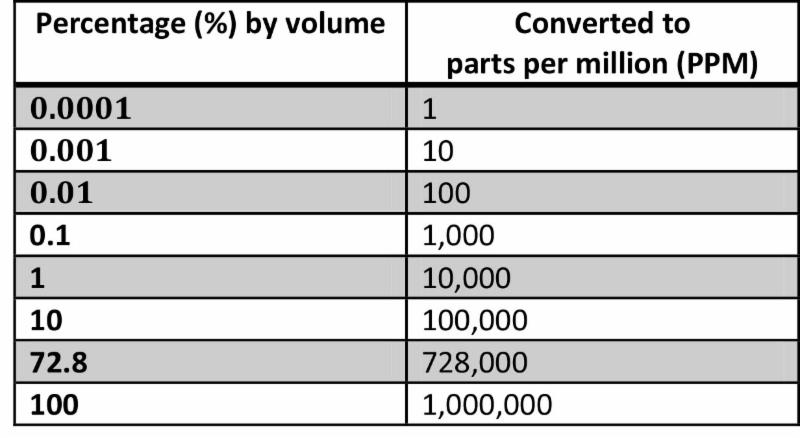

Getty, PhD, is an internationally respected, independent equine nutritionist who believes that optimizing horse health comes from understanding how the horse’s physiology and instincts determine the correct feeding and nutrition practices. Calculate to find mg: kg X ppm (or mg/kg) = mg.That gives you 0.91 mg of selenium in your 10 lbs of hay. Now you’re ready to calculate mg of selenium. Since there are 0.454 kg in one lb, make the conversion by multiplying lbs by 0.454. How many mg of selenium does 10 lbs of hay contain?įirst, you need to convert the lbs to kg. Therefore, when using mg/kg, you have to make sure you’re dealing with kg of feed (instead of lbs) in order to make your calculations.Ĭonsider this example: Let’s say your hay contains 0.2 ppm (mg/kg) of selenium. The best way to think of ppm is as milligrams per kilogram (mg/kg) of feed (since a mg is a one millionth “part” of a kg). Your process is unstable or data was sorted.Reading a hay analysis or puzzling over the ingredients in feed or supplements can be a chore, yet when considering particular elements-selenium, for example-some minor math can make a major difference to your horse’s health.įeed tags and hay analysis often list ingredients as “ppm” or parts per million. Your process is unstable or data was sorted. Cr = If Cr is greater than or equal to 1, value turns red.Negative skewness indicates a distribution with an asymmetric tail extending toward more negative values. Positive skewness indicates a distribution with an asymmetric tail extending toward more positive values. You will find the settings between the control charts and histogram just below the specification limit settings.Ī "Skewness" value refers to the degree of asymmetry of a distribution around its mean. However, in the Capability Suite, XbarR and XmR chart templates and dashboards you can set it to your choosing. The Confidence Interval within QI Macros is set at 95%. If there are no USL/LSL, it leaves it blank. If both are zero, it defaults to 6 sigma. If observed PPM = 0, it uses Expected PPM to calculate Sigma. ZT 0, it uses the observed value to calculate Sigma. Ztarget measures how far the average varies from the Target.


Zbench = normsinv(1-(Expected PPM/1,000,000)) Zbench is the Z score for the Expected PPM Z scores standardize +/-3*stdev values into +/-3. Z scores help estimate the non-conforming PPM. Also, the “Cmk” refers to Machine Capability, instead of Process Capability (Cpk).
How to calculate ppm free#
Free Agile Lean Six Sigma Trainer Training.



 0 kommentar(er)
0 kommentar(er)
